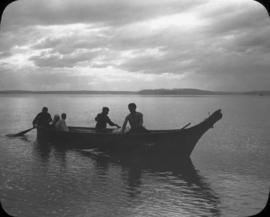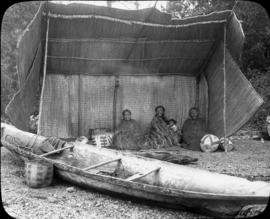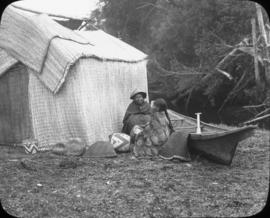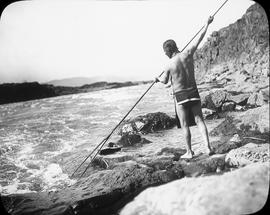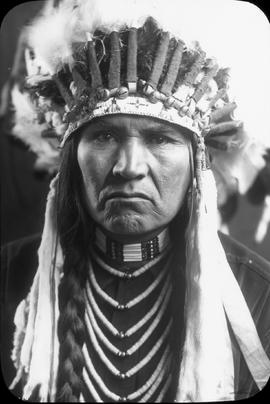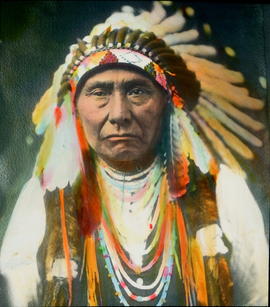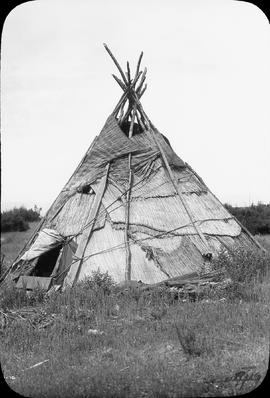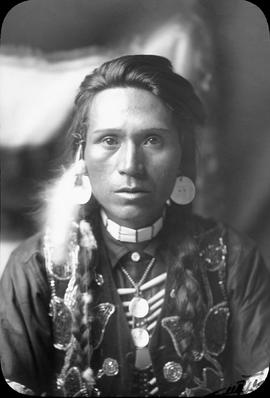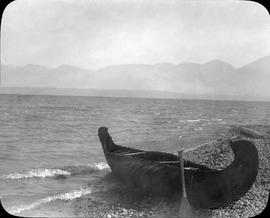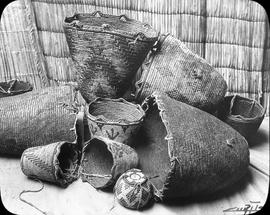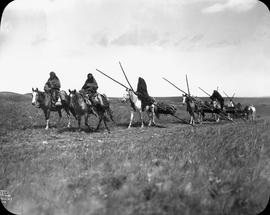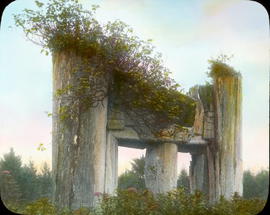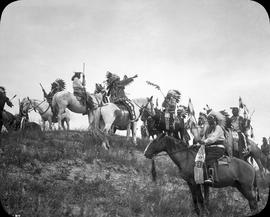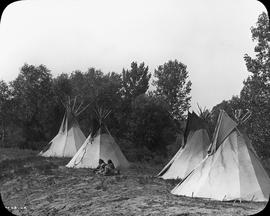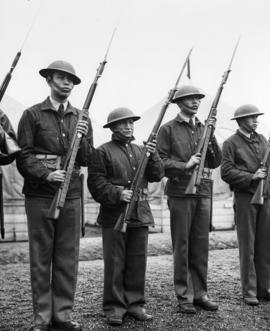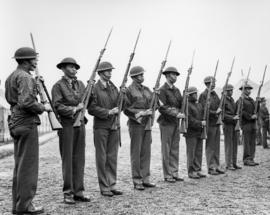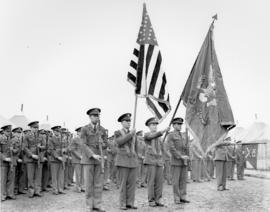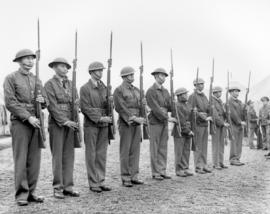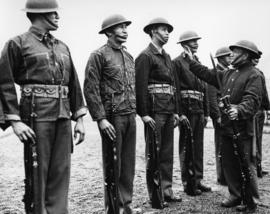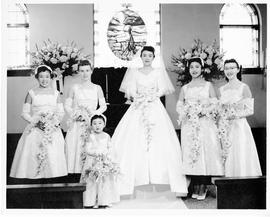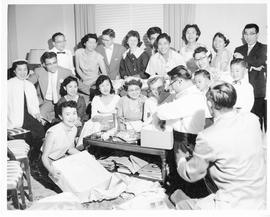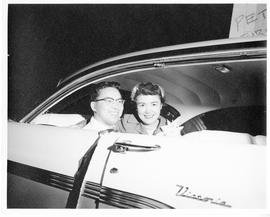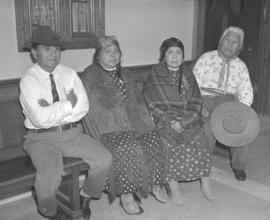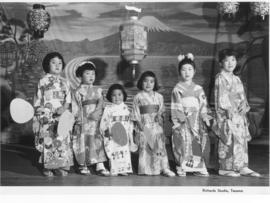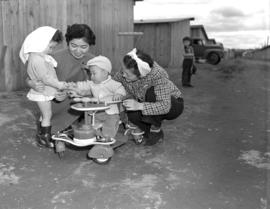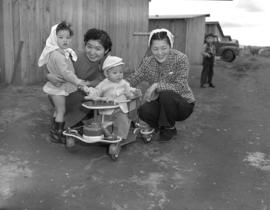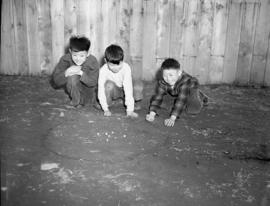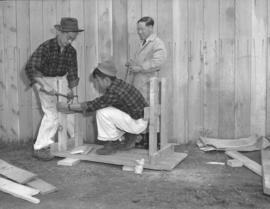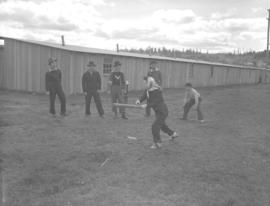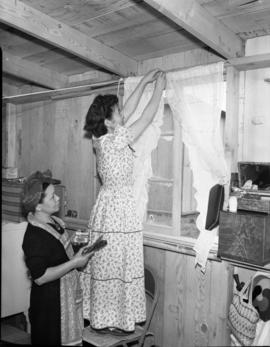- Item
- 1898
Part of Edward S. Curtis Collection
ca. 1898. Homeward - "On Puget Sound". Photograph by Edward S. Curtis. Scanned from Asahel Curtis lantern slide. Original photograph published in "The North American Indian, v.9" Plate # 318. Canoes of various sizes and designs were used by all the Salishan tribes of the Coast, ranging from a tiny two person river craft to a seaworthy vessel which could hold up to thirty persons. This is a medium sized craft, intended to hold up to five or six people and to be used on large streams or protected arms of the sea. It was capable of rapid travel or for fishing with nets, spears or hooks. The canoe was constructed from a half log, with the center burned out and the interior and exterior worked down and rubbed smooth. The outside is charred black and the inside is painted. TPL-9233
Indians of North America--Canoes;
